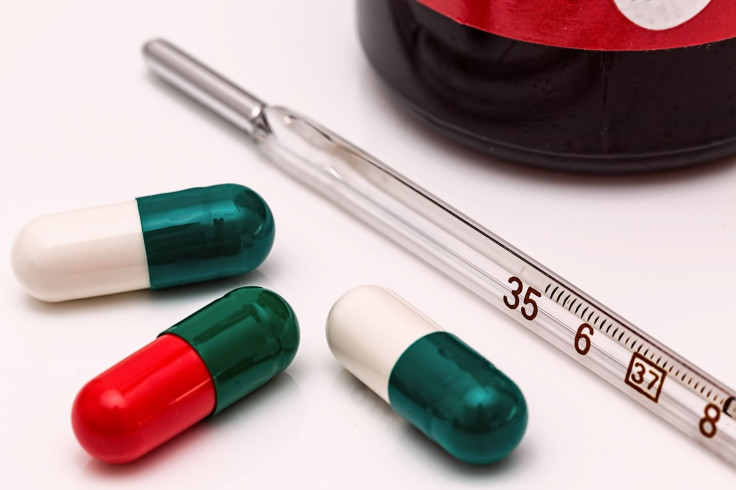Defeating Antibiotic Resistance: Scientists Discover How Superbugs Build Defenses, Paving Way For New Drugs

The world faces a huge problem in antibiotic resistance, with recent reports estimating that millions of people will be killed by resistant infections in the coming decades — potentially even more than the number who die from cancer. It’s been considered a public health crisis for some time now, and unless researchers are able to develop powerful new drugs, it is only going to get worse.
New research out of the University of East Anglia (UEA) attempts to better understand how resistant bacteria build up their defenses to antibiotics in the hopes of paving the way for developing new drugs that can dismantle a superbug’s defenses, rather than killing the bacteria directly. In other words, the research focuses on how to attack bacteria’s defense walls so they’re unable to build resistance in the first place.
The study, published in Nature, focused on a type of bacteria known as Gram-negative bacteria. Gram staining is a method researchers use to classify bacterial species and involves a stain that defines bacteria as either Gram-positive or Gram-negative based on the type of cell wall they have. Gram-negative bacteria don’t retain the Gram stain, meaning they have a thinner peptidoglycan layer in their cell wall. This group of bacteria is considered especially difficult to defeat, as they build stronger resistance in their outer membrane, which prevents human antibodies and antibiotic drugs from entering. If this barrier were removed, the bacteria would become far more vulnerable to drugs and the immune system.
“Many current antibiotics are becoming useless, causing hundreds of thousands of deaths each year,” Professor Changjiang Dong of UEA’s Norwich Medical School, lead author of the study, said in the press release. “The number of superbugs is increasing at an unexpected rate. Gram-negative bacteria is one of the most difficult ones to control because it is so resistant to antibiotics.”
Gram-negative bacteria have a defensive cell wall comprised of beta-barrel proteins, and the researchers found that if they could prevent the beta-barrel assembly machine (BAM) from building defenses in the cell wall, they could prompt the bacteria to die. They focused on the BAMs of E.coli, a Gram-negative bacteria, learning how proteins were built into the outer membrane.
“Our work is the first to show the entire BAM complex,” Dong said in the press release. “It paves the way for developing new-generation drugs. The beta-barrel assembly machined is absolutely essential for Gram-negative bacteria to survive.”
Since no new antibiotics have been developed since the 1970s, it has been especially difficult for scientists to find new ways to attack resistant bacteria. Last year, the NIH spend $4.8 million to begin a new five-year study that would look into ways to make an old antibiotic “learn new tricks.” And in 2014, researchers from Queen’s University in Northern Ireland developed a gel that could target resistant bacteria that are so rampant in hospitals.
But until researchers are able to find that drug that can take down Gram-negative bacteria walls, or reinvigorate old antibiotics, the best way to protect yourself from superbugs is to avoid eating foods with antibiotics and taking antibiotics when you don’t need to. In addition, doctors have suggested that maintaining personal cleanliness (washing your hands, staying away from other sick people), and washing and cooking your food properly before eating will help prevent the spread of superbugs.
Source: Gu Y, Li H, Dong H, Zhang Z, Zeng Y, Paterson N. Structural basis of outer membrane protein insertion by the BAM complex. Nature, 2016.



























